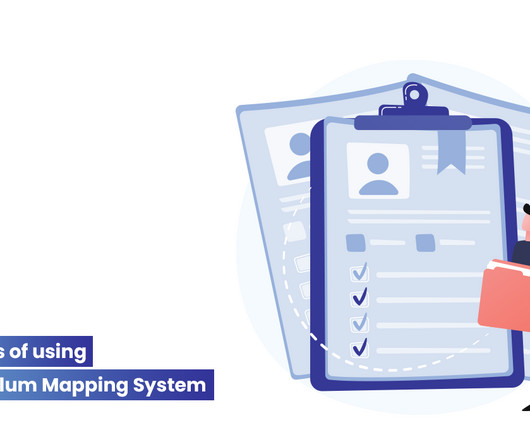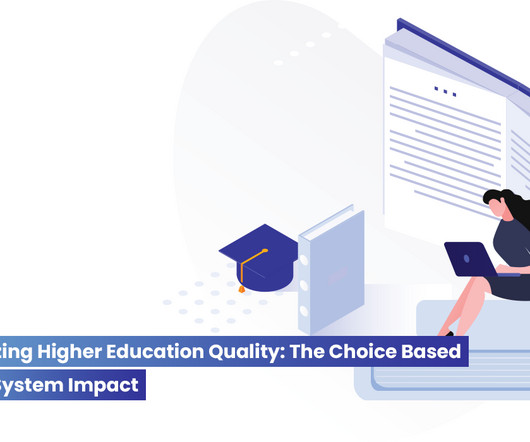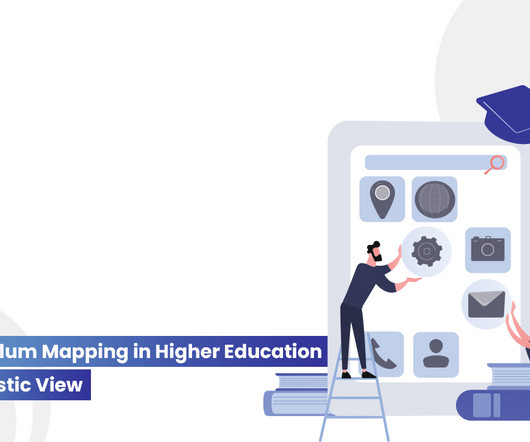10 benefits of using the curriculum mapping system
Creatrix Campus
JUNE 1, 2023
What is the purpose of Curriculum Mapping Mapping your curriculum serves several important purposes in higher education. Clear organization: Curriculum mapping provides a visual representation of the scope and sequence of your curriculum. Here are 10 key advantages of curriculum mapping system: 1.












Let's personalize your content